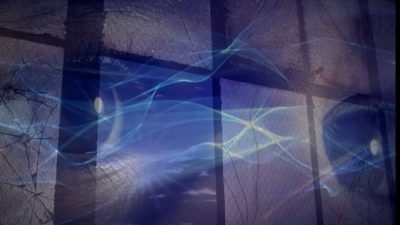My friend Laura has a condition called Mirror-touch synaesthesia. It means that when you feel a pain in your left shoulder, she feels a pain in her right shoulder. Could we call this: empathy on steroids? It led her to conjure a theory of movies in a book entitled The Skin of the Film, where movies lived inside our bodies, where movies touched us, and changed our capacity to touch others.
Some nights are long and difficult, and when they come I need to feel the words of Audre Lorde in my mouth. “The fact that we are here and that I speak these words is an attempt to break silence and bridge some of those differences between us, because it’s not difference which freezes, which paralyzes us, it’s not our differences which keep us apart, it’s our silence. And there are so many silences to be broken.”
This fundamental hope of an artist’s movie. If we could change the way that stories are told, could we tell different kinds of stories?
For the past two decades I’ve been working on what a painter might call portraits, or what movie folks call biographies. Some have been about friends or family, others grew up in public lighting. But even if the subject of the movie lived long ago, I kept trying to make the movies in the present, as if their concerns might be your concerns. As if we could leap into these bodies, or let these bodies enter us, and touch us in that place where we are most hoping, and most fearing, to be touched, and allow us to experience each other with a new gratitude and vulnerability.
